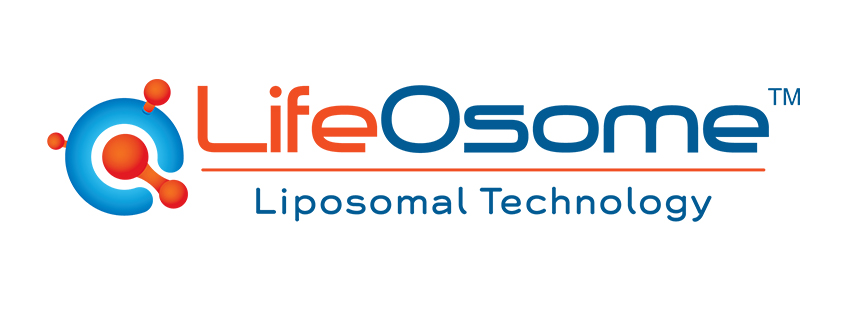
LIPOSOMES: A CLOSER LOOK
Scientists sometimes refer to liposomal agents as nanoliposomals because they are so small that they must be measured in nanometers. A nanometer
(nm) is a unit of measurement that is equal to one millionth of a millimeter.
Discovered in 1961 by Dr. Alec Bangham, a British hematologist who was studying phospholipids at the Babraham Institute in Cambridge, liposomes have paved the way for many advancements in biochemistry and medicine. Utilizing liposomes for cellular delivery of nutrients, however, is a relatively recent development.
Bangham discovered that phospholipids, when combined with water in the proper fashion, immediately form a bilayer sphere. One component of the structure has a water-based composition while the other component has a lipid-based composition. (See figure at left.) Water-soluble nutrients can thus be carried by the water-based (hydrophilic) component of the liposome while lipid-soluble nutrients can be transported by the lipid-based (hydrophobic) component.
This extraordinary nutrient delivery system is especially advantageous for those nutrients with a molecular size that normally inhibits efficient absorption. Cellular absorption of most orally consumed coenzyme Q10 and glutathione, for example, may be 10% or lower, whereas liposomally transported coenzyme Q10 and glutathione may be absorbed at rates as high as 60% or more.
The liposomes in LifeOsome™ products most range from 100 nm to 450 nm in diameter




Add a comment